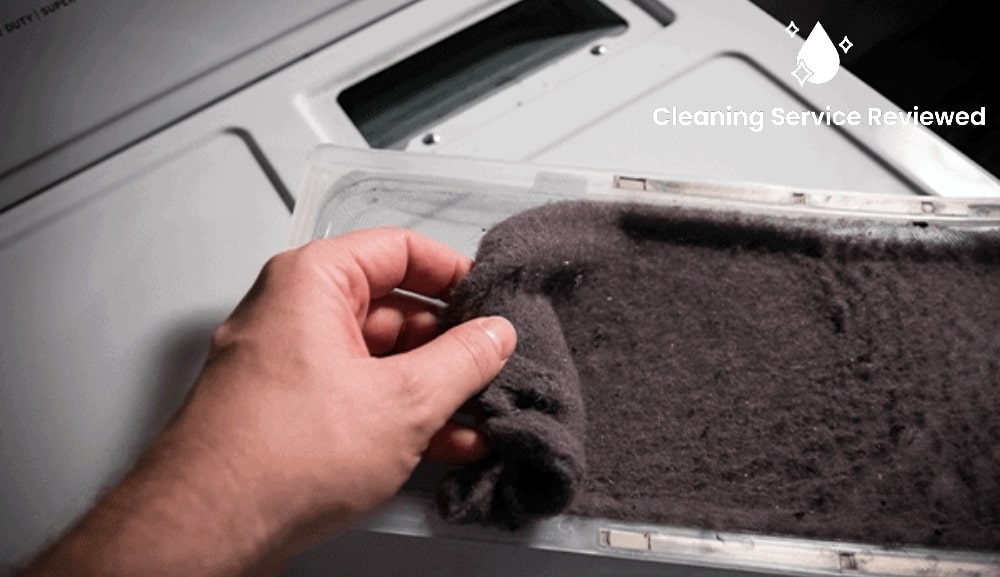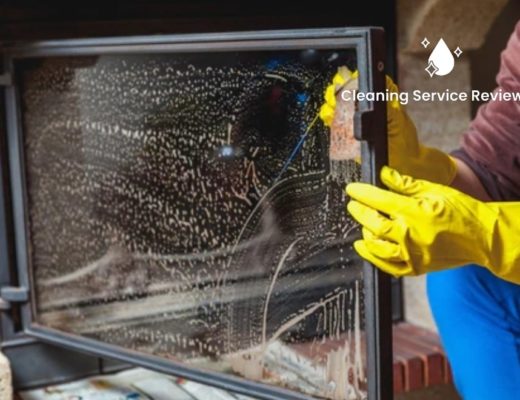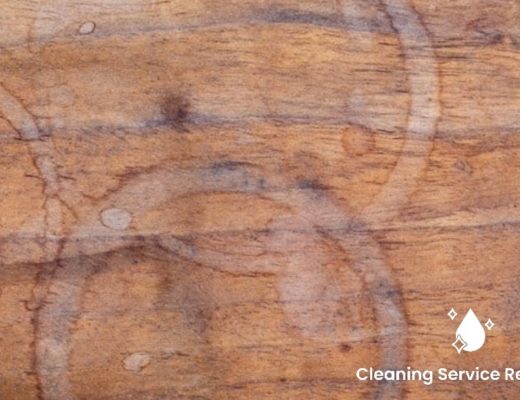Your dryer is an important appliance in your laundry room; one of its key components is the lint trap. Regularly cleaning your dryer lint trap is not just about maintaining your appliance; it’s also essential for safety and efficiency.
In this guide, we’ll explore the ins and outs of cleaning your dryer lint trap and give you expert tips on how to maintain it.
How does a lint trap work?

Throughout the drying process, the high temperature inside your dryer loosens the lint from your laundry. These particles are carried through the mesh lint filter as the warm air is blown out of the dryer vent.
The lint trap reduces the accumulation of lint and fabric debris that can obstruct the exhaust hose.
Why does so much lint get past the lint trap?

When your laundry goes through the dryer, a significant amount of lint comes loose.
While lint traps serve as a barrier between your dryer drum and ductwork, some lint particles still get through and reduce airflow through your dryer vent over time.
Benefits of Cleaning the Dryer Lint Trap

Regularly cleaning your dryer lint trap offers numerous benefits that go beyond just keeping your appliance clean:
- Reduces Fire Risks: While it may not be apparent, dryer lint can be a fire hazard, contributing to a significant number of household fires each year.
According to a National Fire Protection Association report from 2010 to 2014, clothes dryers caused 92% of the 15,970 house fires during that time, and 27% of these fires were caused by dust, lint, or fibers.
- Saves on Energy Costs: When your dryer lint trap is obstructed and filled with lint, it takes longer to dry your clothes and therefore increases your energy bills.
A simple routine of cleaning your dryer lint screen and trap can effectively prevent your energy costs from escalating.
- Extends the Lifespan of Dryer’s Heating Element: Frequent cleaning of your dryer lint trap eases the strain on your dryer and therefore extends its lifespan.
Maintaining proper airflow saves you money in the long run, as you won’t need to replace the heating element or the entire dryer.
- Enhances Drying Efficiency: Keeping your dryer lint trap clear ensures your dryer can effectively dry your clothes in a single cycle.
If you find yourself needing to run two or even three dryer cycles to achieve fully dry clothes, it’s likely due to an obstructed lint screen, trap, or vent that disrupts the proper flow of air through your dryer.
How often should you clean the dryer lint trap?

Make it a routine to clear the lint filter between every batch of clothes. Whether it’s before or after every batch, be sure to regularly remove lint from the screen.
Additionally, deep clean your lint trap and slot approximately every 6 months, most especially if your dryer doesn’t dry your clothes properly.
How to Clean a Dryer Lint Trap
| Difficulty | Easy |
| Number of Steps | 4 |
| Time Needed | Approximately 1 hour |
| Tools Needed | • Screwdriver (if the screen is secured with screws) • Soft-bristle brush • Dish soap • White vinegar • Vacuum cleaner with hose attachment • Toothbrush (optional for detailed cleaning) • Lint screen cleaning solution or homemade mixture • Baking soda and vinegar (optional for deep cleaning) • Packing or duct tape (if using a paper towel cardboard tube for cleaning) |
Remove, clean, and soak the screen

Take off the screen from your dryer vent. For older models, the screen might be screwed in, so you’ll need a screwdriver to remove them.
Clear any accumulated lint from the screen and prepare a mixture of warm water, a few drops of dish soap, and half a cup of white vinegar in either your sink or a bucket.
Submerge the screen in the water without bending or distorting it and soak it for approximately 30 minutes.
Scrub the screen

After soaking, take the screen out of the water and gently scrub it with a soft-bristle brush. For those hard-to-reach corners and nooks, consider using a toothbrush and scrub until all the lint and dirt have been removed.
In case your lint trap hasn’t been cleaned for a while or has never been cleaned, it might require a more comprehensive cleaning to preempt common dryer issues. There are a couple of methods available to facilitate a deep cleaning of the lint screen.
- You can opt for a commercial cleaning solution or create your own using a mixture of bleach solution in a spray bottle. Mix 1/4 cup of bleach and 1 teaspoon of laundry detergent, and fill the bottle with water.
Spray this mixture on the screen over the sink and scrub it with a soft brush. Rinse the screen thoroughly and repeat this process until you’re satisfied with the screen’s cleanliness.
- Alternatively, you can use baking soda and vinegar to deep-clean your lint screen. Place your screen in the sink, sprinkle it with baking soda, and then spray vinegar all over the screen using a spray bottle.
Leave this mixture on for a few minutes and gently scrub with a soft brush while rinsing the screen.
Rinse and dry the screen

After you’ve removed all the lint and residue from your dryer screen, rinse it with warm water. This step is important, as it allows you to see whether the water passes through the screen freely or not.
If the water flows through without obstruction, you’ve cleaned it thoroughly.
However, if water accumulates on the screen’s surface or produces bubbles, it’s an indication that you should consider a more intensive cleaning or repeat the soaking and scrubbing process.
Once you’re confident that the screen is completely clean, let it air-dry thoroughly before returning it to the dryer.
Reinserting a damp screen into the dryer can result in lint clumping, which can obstruct your vents and create a fire hazard or lead to screen rusting.
Vacuum

While you’re soaking the screen, use your vacuum with the extended hose attachment to clean the area around the lint trap. Next, clean its interior either using a dryer vent cleaning kit or a paper towel cardboard tube.
If you use the tube, secure it to the extended hose attachment with packing or duct tape for a tight seal. Regularly check to ensure that lint isn’t obstructing the tube’s end and continue vacuuming until all the lint has been successfully removed.
Also vacuum any fuzz or lint from the space beneath and around the dryer, as some dust may have fallen out of the lint trap while you were cleaning it.
Tips to Maintain Your Dryer

Routine maintenance for your dryer isn’t just about ensuring your clothes remain fresh; it’s also an important measure to safeguard your home from potentially dangerous fires.
In addition to cleaning your lint trap regularly, here are other ways to maintain your dryer:
- Avoid Overloading: Refrain from overloading your dryer, as this can strain the system and affect its efficiency and longevity.
- Annual Dryer & Vent Cleaning: Schedule a professional dryer and vent cleaning service in your area once a year for a comprehensive vent system cleaning and to ensure there’s no lint or debris accumulation within the appliance.
This task is best done by experts who specialize in dryer and vent maintenance.



